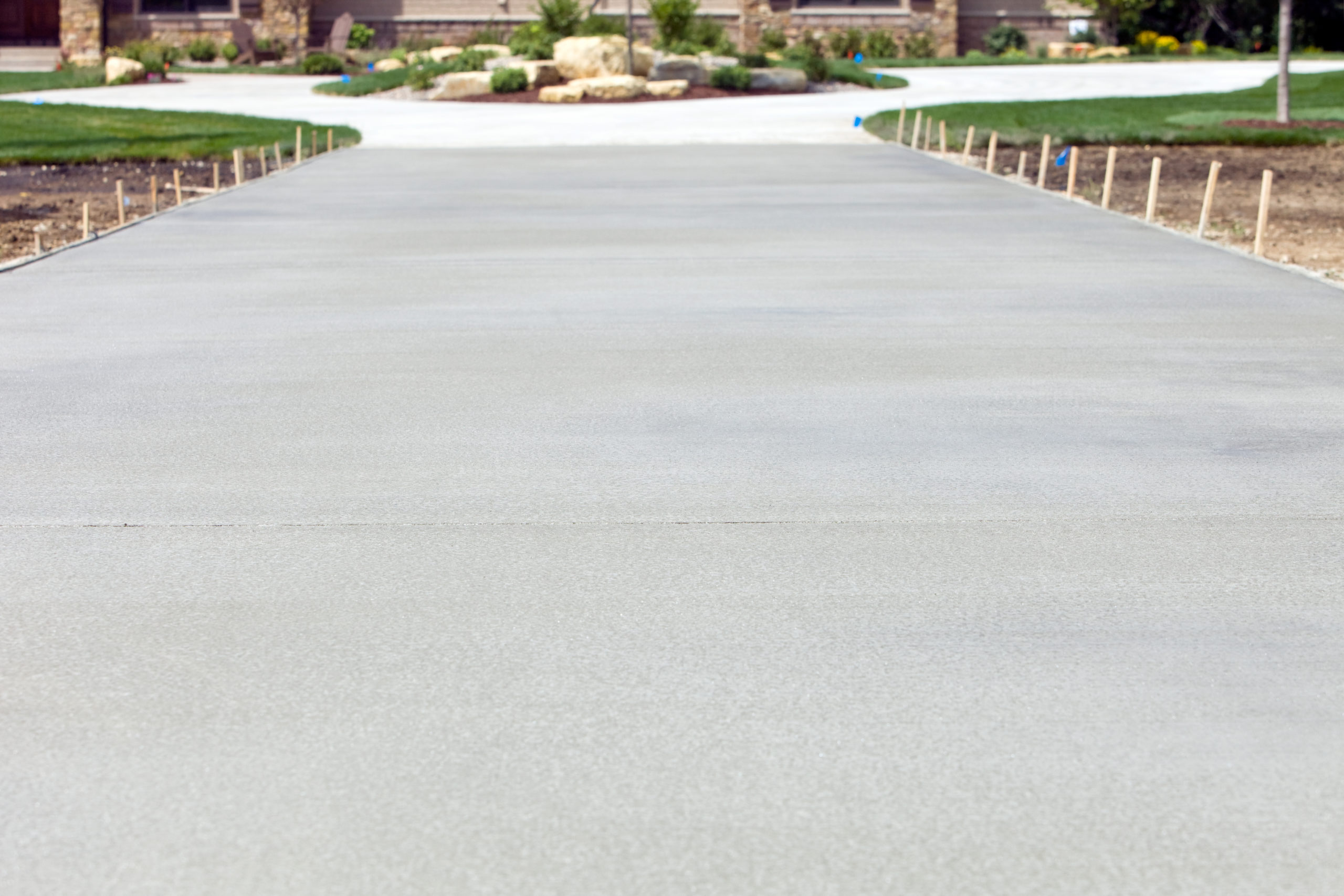Comprehensive Overview to Concrete: From Installment to Ending Up Touches
Comprehensive Overview to Concrete: From Installment to Ending Up Touches
Blog Article
Unveiling the Eco-Friendly Advantages of Using Recycled Concrete in Sustainable Building Practices
In the world of lasting building practices, the usage of recycled concrete stands as an essential yet typically undervalued source. Past its traditional applications, recycled concrete deals a myriad of environmentally friendly advantages that expand far past the boundaries of conventional construction products. From lowering ecological impact to improving cost-efficiency, the implications of incorporating recycled concrete in sustainable structure techniques are substantial. This versatile material not only addresses pushing ecological issues however likewise provides a viable remedy to the challenges encountered by the building and construction sector at large.
Environmental Advantages
By integrating recycled concrete into construction practices, there is a significant decrease in the requirement for new raw materials, leading to preservation of all-natural resources. Additionally, the use of recycled concrete decreases the amount of waste being sent to garbage dumps, thus decreasing ecological pollution and reducing the pressure on garbage dump capacities (Concrete).

In contrast, recycled concrete has a reduced carbon footprint as it decreases the need for brand-new concrete production. Overall, the ecological advantages of making use of recycled concrete are substantial and play a critical function in promoting environment-friendly construction approaches.
Cost-Efficiency
When evaluating the application of recycled concrete in building tasks,Accomplishing cost-efficiency is an extremely important consideration. Among the key benefits of using recycled concrete is its cost-effectiveness contrasted to traditional concrete. The manufacturing of recycled concrete involves much less energy and resources as it uses existing materials, decreasing the overall job prices considerably. In addition, the accessibility of recycled concrete in your area can even more reduce transport expenditures, making it a more cost-effective selection for building tasks.
Additionally, using recycled concrete can cause savings in landfill prices by diverting concrete waste from disposal sites. This not just lowers the environmental influence but likewise gets rid of the prices associated with waste elimination. The longevity and efficiency of recycled concrete are equivalent to traditional concrete, guaranteeing that price savings do not compromise the top quality of the building.
Resilience and Stamina
Recycled concrete offers equivalent, if not remarkable, toughness and toughness homes to conventional concrete - Concrete. Through advancements in handling techniques and quality control, recycled concrete can satisfy or go beyond the efficiency criteria of conventional concrete.

Waste Decrease
When it comes to making use of recycled concrete, waste decrease is a crucial advantage that contributes substantially to ecological conservation. By integrating recycled concrete into building tasks, this waste is repurposed and diverted from landfills, minimizing the total environmental influence of building and construction tasks.
Additionally, the use you can try these out of recycled concrete can lead to set you back financial savings for construction projects, as it is commonly much more budget-friendly than sourcing and carrying brand-new products - Concrete. In final thought, waste decrease through the application of recycled concrete is an essential element of lasting building methods that benefits both the construction and the environment industry as a whole.
Power Conservation
Power conservation is a critical facet of lasting construction techniques, intending to decrease the total power consumption connected with structure procedures and products production. When it comes to utilizing recycled concrete in building and construction, significant energy cost savings are attained compared to traditional concrete manufacturing. The procedure of generating recycled concrete entails squashing and recycling existing concrete products, which eats much less power than mining, handling, and carrying basic materials for new concrete manufacturing. Furthermore, making use of recycled concrete can assist reduce the demand for virgin accumulation, more decreasing the energy-intensive removal and handling of natural deposits.
Conclusion
Finally, the use of recycled concrete in sustainable construction techniques supplies various environmental benefits, cost-efficiency, durability, toughness, waste reduction, and energy internet conservation. By integrating recycled concrete into construction projects, we can add to a much more lasting and eco friendly future. It is essential for the construction market to prioritize the use of recycled materials to assist reduce the ecological impact of building and construction tasks.
One of the essential benefits of using recycled concrete is its cost-effectiveness contrasted to conventional concrete.In addition, the use of recycled concrete can lead to financial savings in garbage dump prices by diverting concrete waste from disposal websites. The durability and Click Here performance of recycled concrete are comparable to traditional concrete, ensuring that expense financial savings do not compromise the top quality of the construction.

Report this page